Terebrantia – an enemy of greenhouse and household plants
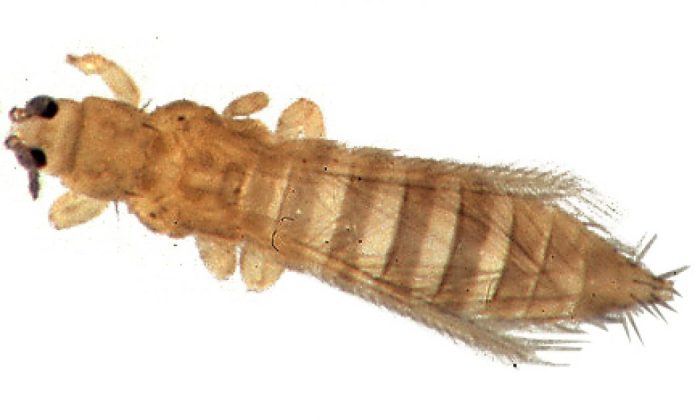
Houseplants are dormant during winter and need rest but unfortunately, pests never rest. You might be in for an unpleasant surprise when you find your plants have been attacked over the winter. In this article, we shell focus on the most common pest called thrips. What is the most effective way to get rid of them? Well, the most important thing is to discover pests in time, so check your plants often, or at least when watering.
Thrips
Thrips are very bad news for all greenhouse plants. They love cucumbers, peppers and tomatoes. There are more than 220 species of thrips in Europe, but the most common is Thrips tabaci, commonly known as onion thrips. It sucks on plants and in doing so, it transfers a whole range of viral diseases from plant to plant. If onion thrips spread you have no choice but to destroy all infected plants.
Photo: Commons.wikimedia.org
How can you tell that you are dealing with onions thrips?
You know that your plants have been attacked by thrips if you see a silvery colouring on the underside of leaves (from here thrips spread). Thrips are only 1 to 2 mm long and have slim and flat body which is usually dark brown to black (very rarely yellow). They also have antennae on the head and large eyes. Edge of slender wings end with typical fringes.
How to get rid of thrips
You don’t need to worry if you harvested plants or herbs that have been attacked by thrips however, the problem becomes unsolvable when they multiply too much. A good preventive measure is to use blue glue boards where thrips stick. These have proven to be very effective. You need to cut and remove infested parts of the plant. There are also chemical sprays against thrips, but you need to apply it repeatedly – until thrips disappear.
Preview photo: Commons.wikimedia.org

Gardening is my hobby, I have a lot of experience and I am happy to share it.
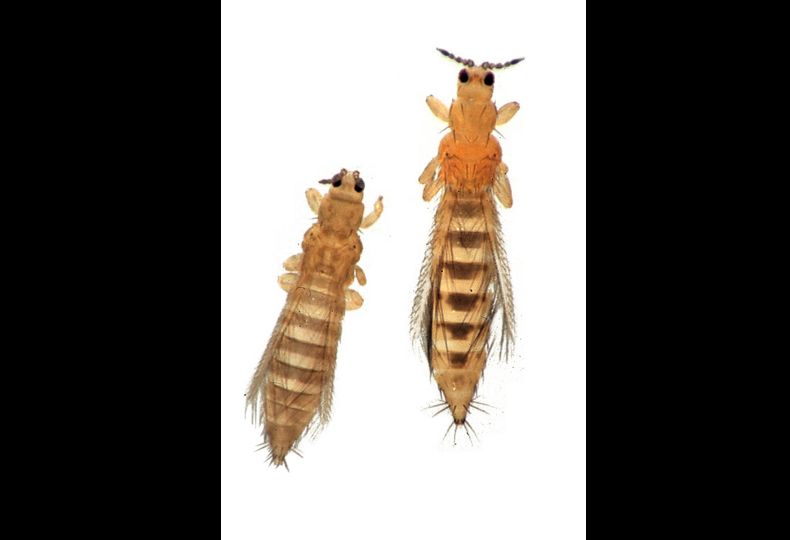


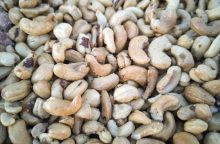



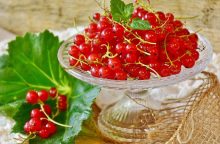
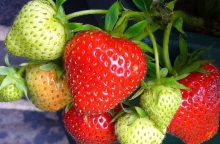
0 comments